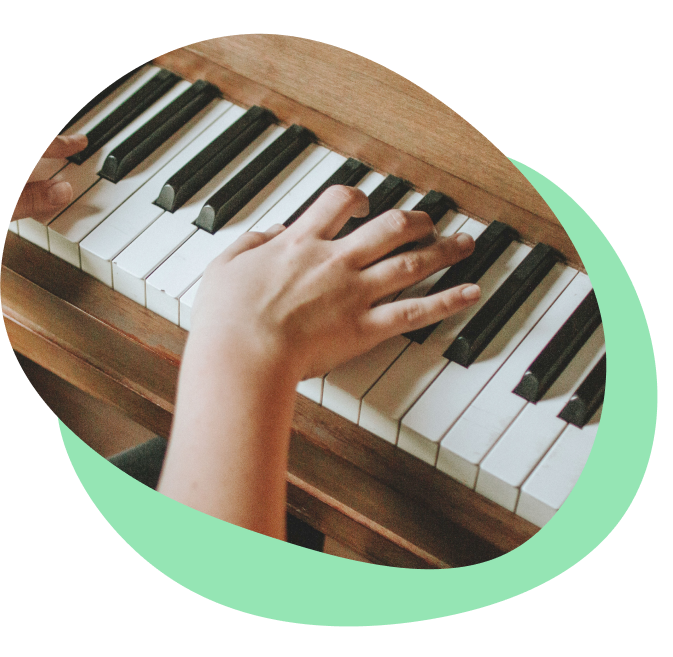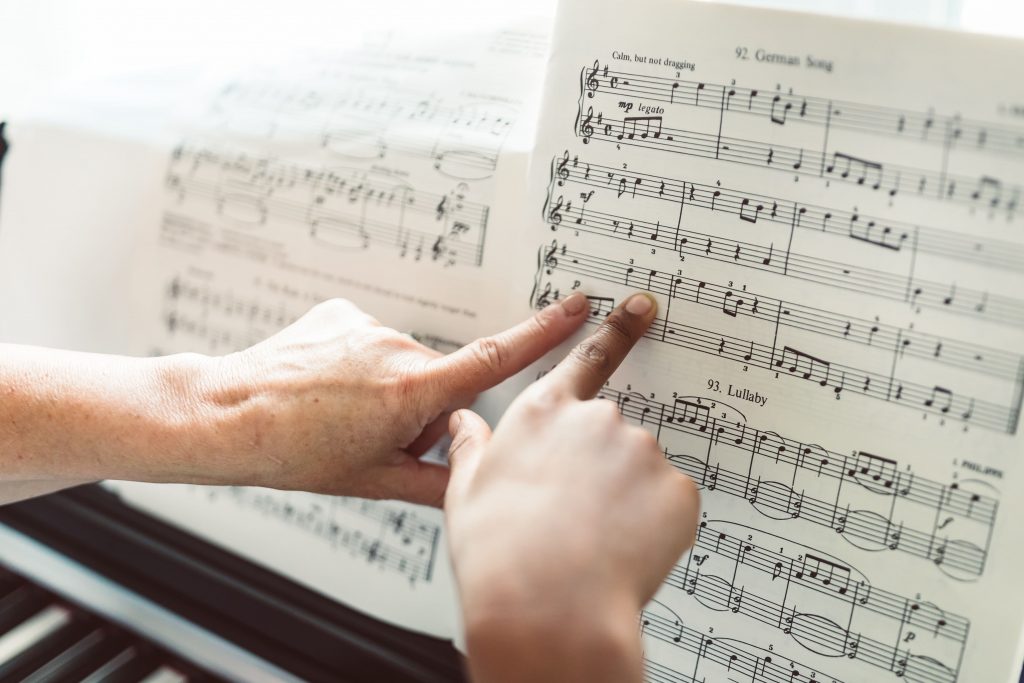What is the alto clef?
Alto clef is a less common clef that we use in music theory and notation. It is like a compass that we can use to maneuver pitch notation, communicate and remember musical ideas with ease.
The alto clef symbol looks like this:

Two vertical lines on the left side extend from the top line of the staff to the bottom line. Then, a sort of stylized ‘3’ lies adjacent to the lines on the right side.
The middle of the ‘3’ connects with the two vertical lines, marking the middle line (C) as our reference note.
The alto clef is another clef, like the treble clef and bass clef. The alto clef marks middle C as the third line of the staff and is one of the ‘C clefs’ in the same way that treble clef is a G clef and bass clef is an F clef. The alto clef, although less common than the treble and bass, can often be found in music. A few examples of alto clef instruments are viola, vocals and alto trombone. Alto clef sheet music much like any clef you encounter is utilised to convey pitch while keeping music on the staff with minimal ledger lines and making music easier to read.
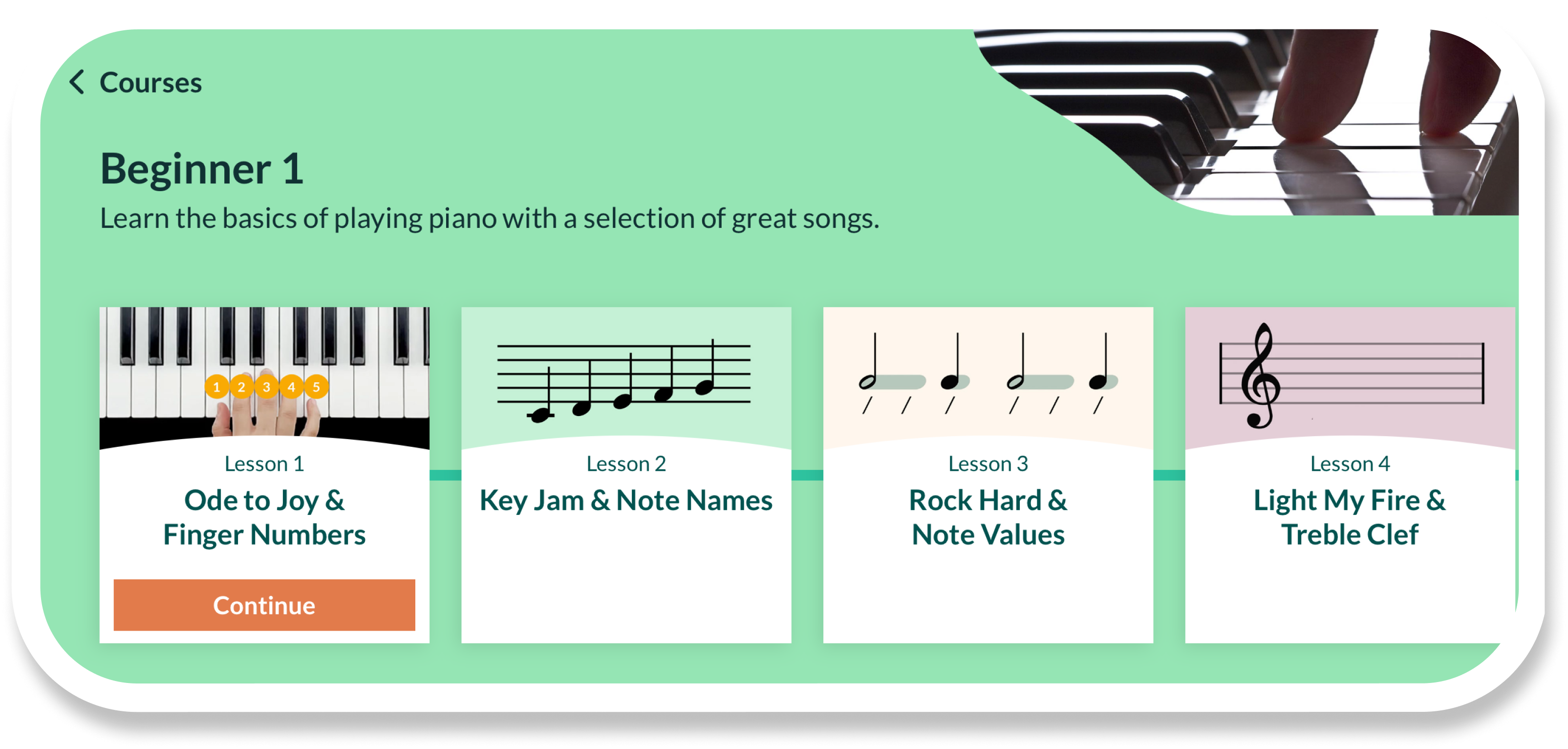
How to read alto clef notes
It can be tricky to learn how to read sheet music and alto clef staff if you have not practiced before. We will look at the notes on the lines and spaces of alto clef and then explore a couple of tricks to make reading alto clef note names easier.
The notes on the lines of alto clef are as follows:

The notes on the lines of the alto clef are F – A – C – E – G.
Like we have done with the treble clef and bass clef, you can use a mnemonic device to memorize the notes of alto clef.
For the lines use the mnemonic: Fat Alley Cats Eat Gravy
Or you can get creative and come up with one of your own!
Notes of the spaces of alto clef:

The notes on the space of the alto clef are G – B – D – F.
You can use the mnemonic: Green Boats Drift Freely.
You will also notice that the lines and spaces of the alto clef spell out major and minor chords. This is another great way to commit them to memory when learning how to play piano.

Once you get comfortable with all the alto clef notes on staff it will be as easy as reading bass or treble clefs!
What makes alto clef unique: comparing the clefs
The best way to understand any clef is by knowing where middle C is on that clef.
Middle C is a central reference note in music. It sits roughly at the centre of the range of musical pitch. In sheet music, it appears on a small line between the treble and bass clefs, making it a handy reference point to know as a beginner pianist learning piano notes.

With an alto clef middle C is in the centre of the staff. As a C clef middle C is always at the centre in the dip of the clef.
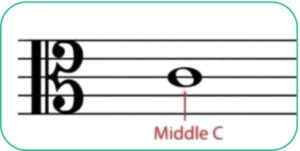
As we have seen, clefs come in different forms and mark different notes in the staff. Let’s take a look at how they compare to our alto clef.
Alto clef to treble clef
Middle C on a treble clef sits below the staff. This shows us that treble clef is more suited to the notating pitches and passages that are generally higher than alto clef.
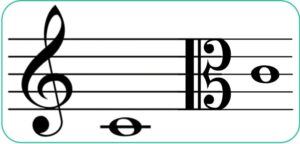
Alto clef to bass clef
Middle C on a bass clef sits above the staff. This shows us that bass clef is more suited to notating pitches and passages that are below alto clef.
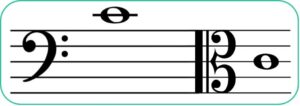
Alto clef to tenor clef
Now we come to another C clef, tenor clef. Looking at the diagram below we see how handy the movable nature of C clefs is. We can see that tenor clef has middle C on the staff line above alto clef. This makes it ideal for notating instrumental and vocal ranges that are lower than alto clef.
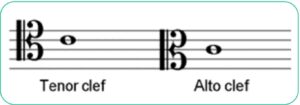
Comparing and understanding all of these clefs is an important skill for any musician. Knowing the location of middle C lets you understand the pitch you are playing, where it is located on the keyboard and how all of these clefs relate to each other.
Understanding ledger lines in alto clef
Here is a quick rundown of the alto clef ledger lines. You may see some music switch between alto, treble and bass clefs to avoid reading all these ledger lines. Nevertheless, it is useful to know and practice these notes on the ledger lines of alto clef. Check out alto clef notes above and below the staff here:

The higher ledger lines in the alto clef are B – C – D – E – F
The lower ledger lines are D – C – B – A – G.
The alto clef is a wonderful part of music theory. You can transfer all the music you practice with Skoove into alto clef as well for some fun additional practice. Who knows, maybe you will even pick up the viola along the way. Happy practicing!
Explore all types of clefs
Author of this blog post

Eddie Bond is a multi-instrumentalist performer, composer, and music instructor currently based in Seattle, Washington USA. He has performed extensively in the US, Canada, Argentina, and China, released over 40 albums, and has over a decade experience working with music students of all ages and ability levels.
Published by Lydia Ogn from the Skoove team




